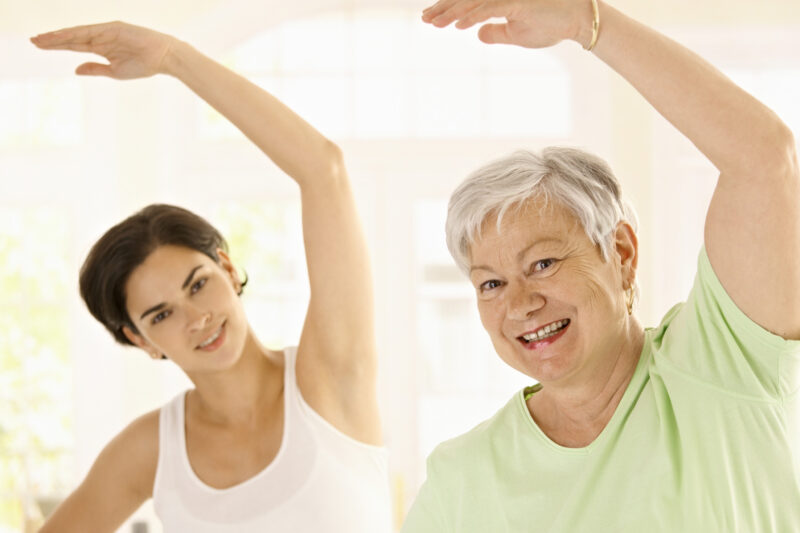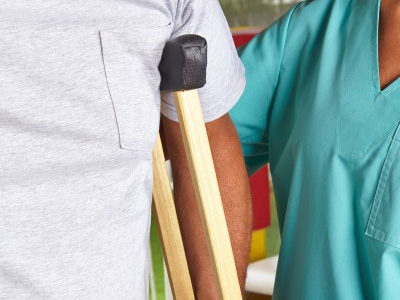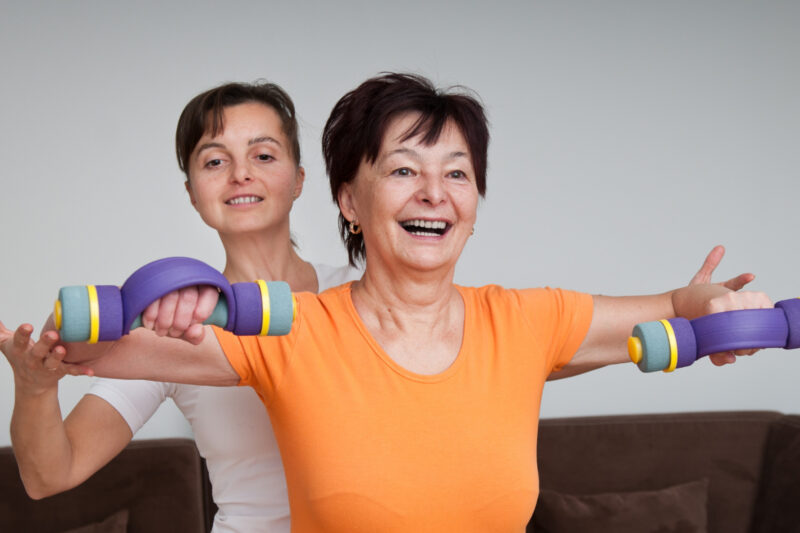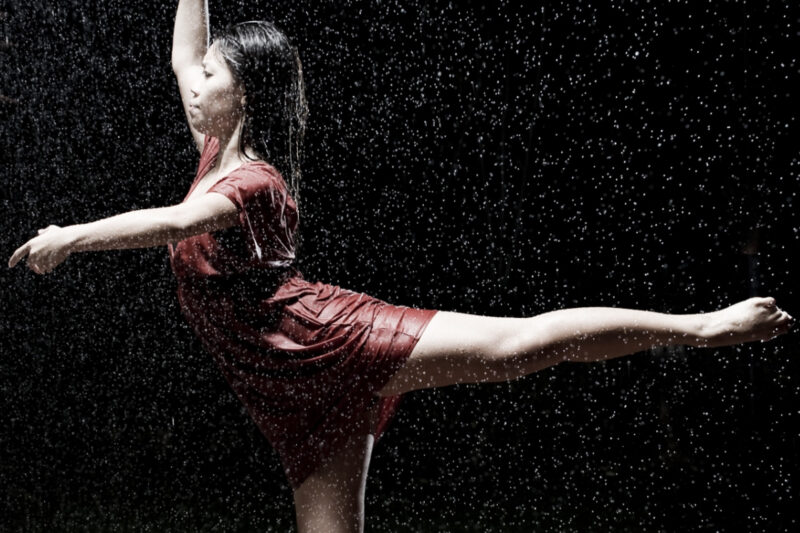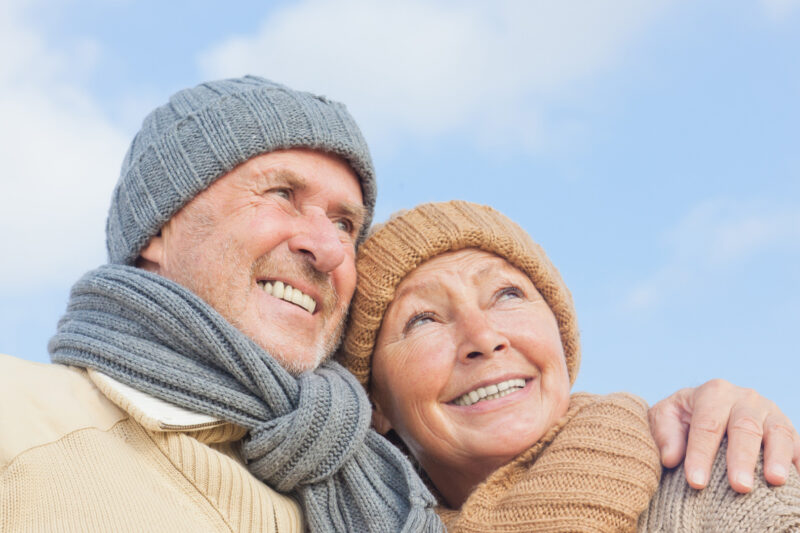Physical activity is the way to health and longevity, especially when it concerns elderly people. It is believed that with age many people have reduced activity. This may be due to age-related negative emotions and decrease in self confidence. The lack of physical and mental activity really accelerates the aging process, therefore it is for the […]

